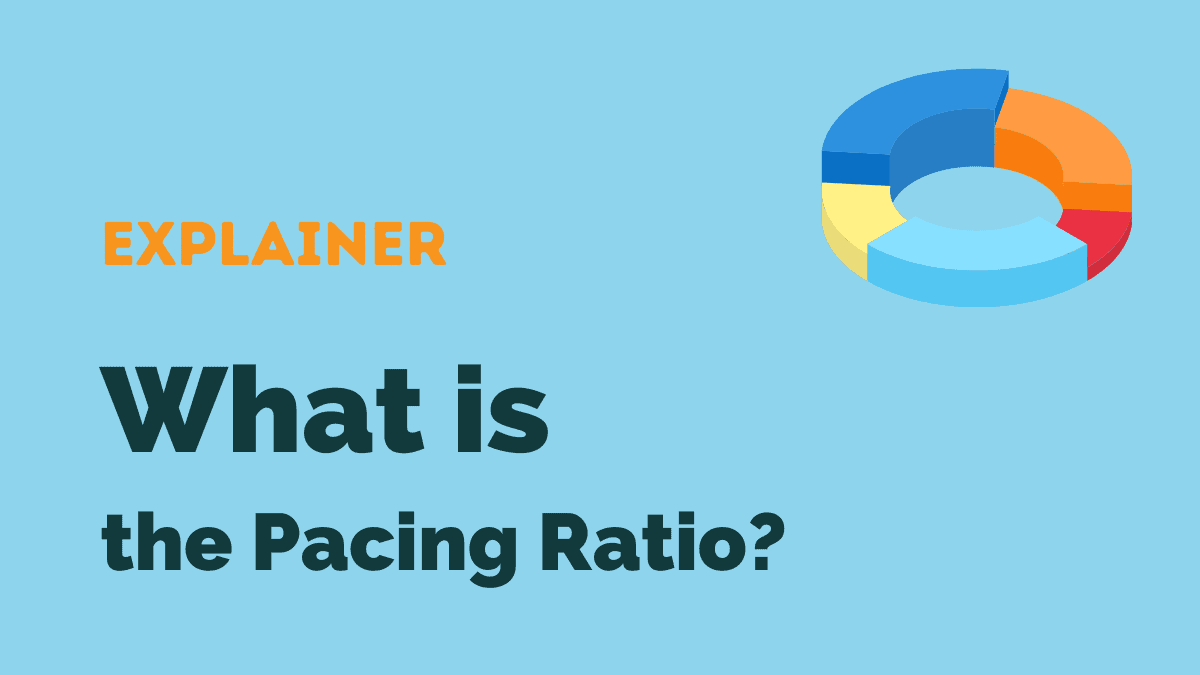In this post:
- What is the pacing ratio?
- How do contact centers use the pacing ratio?
- How do contact centers benefit from the pacing ratio?
Automated outbound calling software is often used in outbound contact centers to improve the outbound calling process. This not only boosts overall productivity but also increases connection rates and subsequently leads to a better customer service experience as well. However, when utilizing these types of automated dialers, it’s important to consider the possibility for error. This is where the pacing ratio comes in.
(Want more articles like this in your inbox? Click here to get our fortnightly CX newsletter.)
What is the pacing ratio?
The pacing ratio is an integral part of predictive dialers — it’s defined as the ratio between available agents and the number of calls to be made for each individual agent. In that vein, the maximum pacing ratio sets a maximum limit for the number of calls to be made for each agent.
For example, if the maximum pacing ratio is set to 1:6, the automated dialer will dial out between one and six contacts for each agent. However, the number of dialed contacts is capped at six.
The pacing ratio is an important tool within contact centers as it reduces human error and makes the best possible use of each agents’ availability.
How do contact centers use the pacing ratio?
Within contact centers, the pacing ratio is calculated based on the number of agents and number of lines available for the system. It can be set manually for each individual call center, or a company-wide ratio can be rolled out to all systems. Contact centers can optimize the pacing ratio by considering factors such as:
- Number of agents available
- Number of lines available for outbound calls
- Agent lock-in time, which refers to the amount of time it takes for an agent to get connected
- Call gap between calls, which is required for maximum agent efficiency
- Average call handling time
Using these factors, contact centers can specifically alter their pacing ratio to prioritize a specific aspect of their service. For example, a lower pacing ratio may result in the agent waiting longer for a call connection, but a guaranteed immediate response when the customer picks up the call. On the other hand, a higher pacing ratio could lead to a higher possibility of making a viable call, but could result in longer customer waiting times and higher call abandonment rates.
Contact centers can use the intelligence and information gained through their automated systems to precisely fine tune the pacing ratio and determine the exact figures that work best for their company.
How do contact centers benefit from the pacing ratio?
When using automated dialers, it’s important to establish a failsafe way of reducing error. In a contact center, there are various benefits to utilizing the pacing ratio. We highlight some of the main ones below
- Enhances overall productivity – As the pacing ratio enhances the already-optimized automated dialing system, agents can manage even more calls and maximize productivity without diminishing the quality of customer service delivered.
- Reduces the idle time of agents – Through an optimized pacing ratio, call centers can virtually eliminate the prospect of agent idle time and waiting for a call connection. As a result, contact centers can maximize available resources, saving both time and money.
- Boosts customer satisfaction – Faster service thanks to the combination of an effective predictive dialer and pacing ratio leads to more satisfied customers who are more likely to stay longer and spend more money with your business.
Take advantage of the pacing ratio in your call center
As you can see, the pacing ratio in predictive dialers is an effective way to boost productivity, increase connection rates, and enhance the customer service experience in outbound call centers. You can use the pacing ratio in many ways to improve agent performance and experience the benefits outlined above.





